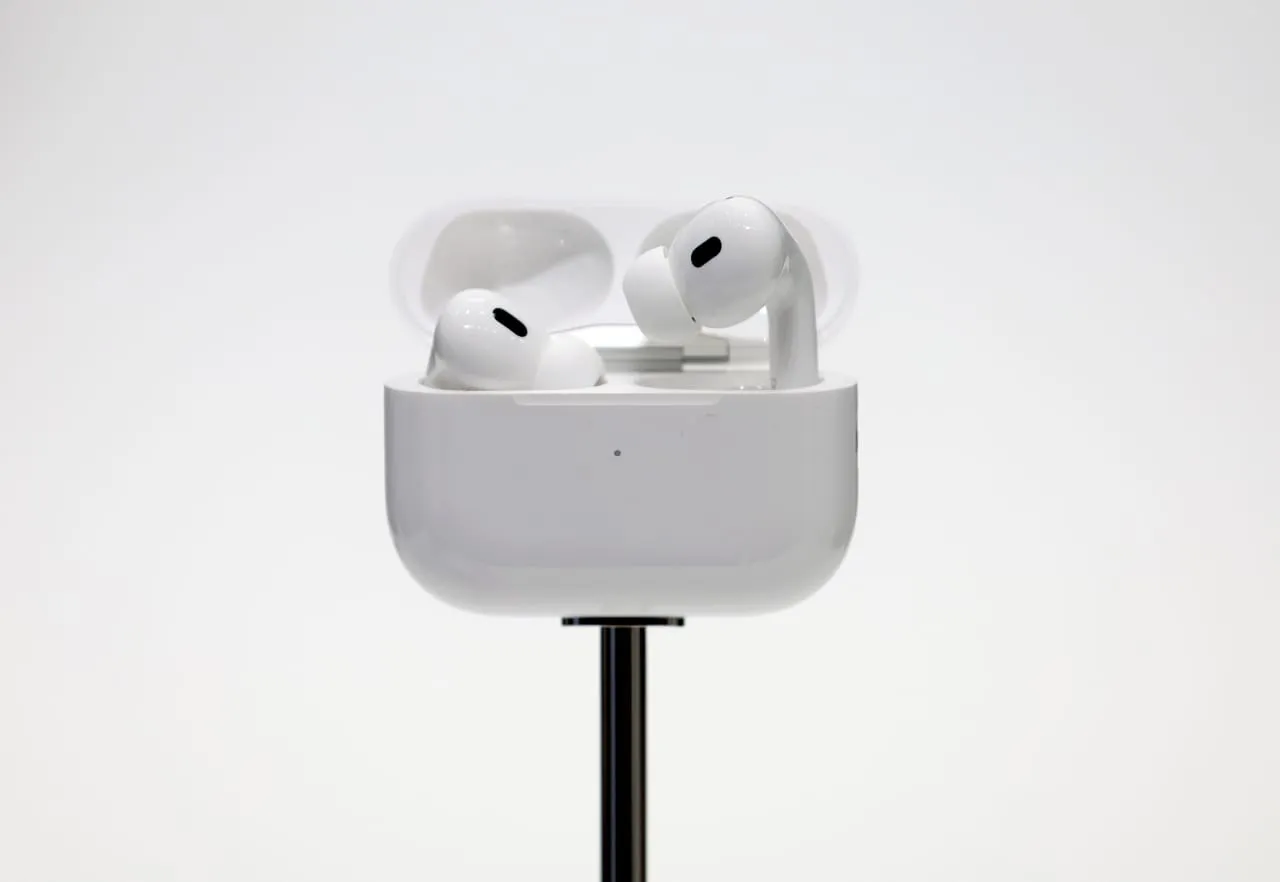Exploring Apple’s AirPods: A Novel Solution for Hearing Loss in Older Adults

Apple’s Innovative Approach to Hearing Loss
Hearing loss is increasingly affecting older adults, leading to numerous challenges including social isolation and cognitive decline. Apple is at the forefront of addressing these issues through its AirPods, which are not just for music anymore. Enhanced functionalities enable these personal electronics to serve as hearing aids, thereby transforming how people perceive hearing loss solutions.
The Market Potential of AirPods
With a potential market value of $13 billion, Apple’s foray into the hearing assistance space is timely. Older adults seeking discreet, effective solutions can benefit significantly from this technology, allowing for easier communication and connection with loved ones.
Understanding the Stigma Surrounding Hearing Aids
- Social considerations: Traditional hearing aids often carry a stigma that deters individuals from using them.
- Technological advancements: With innovations in consumer electronics, devices like AirPods might reduce this stigma.
The Future of Hearing Assistance Technology
- Integration of technology: As personal devices become more multifunctional, the line between hearing aids and consumer electronics blurs.
- Health impact: Improved accessibility to hearing solutions can lead to better mental health outcomes for those at risk of dementia.
Disclaimer: The information provided on this site is for informational purposes only and is not intended as medical advice. We are not responsible for any actions taken based on the content of this site. Always consult a qualified healthcare provider for medical advice, diagnosis, and treatment. We source our news from reputable sources and provide links to the original articles. We do not endorse or assume responsibility for the accuracy of the information contained in external sources.
This article was prepared using information from open sources in accordance with the principles of Ethical Policy. The editorial team is not responsible for absolute accuracy, as it relies on data from the sources referenced.